We delve into the figure of the Dutch painter, whose retrospective was to have been held at the Museo Reina Sofía last May. From the founding of the magazine 'De Stijl' to his own board game.
Until March 1, 2021, the Mondrian and De Stijl exhibition can be visited at the Reina Sofía Museum in Madrid (the most expensive exhibition in the Spanish art gallery, as journalist Peio H. Riaño explained in a Twitter thread ) and this is perhaps the best time to review some curiosities about the brilliant painter from the Netherlands, who was born in the Dutch municipality of Amersfoort on March 7, 1872 and died, already an emigrant, 71 years later in New York due to pneumonia.
1. A strict education against his passion for art.
Had it been up to his parents, the master Pieter Cornelis Mondriaan and his wife, Johanna Christina de Kok, their second child (of five) would never have picked up a paintbrush in his life. They were not only severely strict, but extremely religious and expected the young apprentice painter to follow their dictates into a clerical career.

Piet Mondrian
Belonging to the Calvinist church (a branch of Protestant Christianity), Pieter and Johanna were so insistent that Mondrian had to convince them that he would study art to become a teacher. However, teaching did not satisfy him . This conflicted in his mind with the idea of not disappointing his parents. The solution was found by studying theosophy , a doctrine that stipulated that the evolution of the individual begins with his journey and within that journey art would have its place.
2. From frustrated impressionism to successful neoplasticism.
Although the works that have made him a reference in the art world are undoubtedly his “Compositions”, focused on geometric and minimalist abstraction, Piet Mondrian has experimented with various pictorial styles until he found the one that catapulted him to fame, neoplasticism. In his early days, his painting was greatly influenced by naturalism and impressionism, focusing his paintings on Dutch landscapes with a clear reference in his compatriot Vincent Van Gogh.

Piet Mondrian, Tree Red (1909; oil on canvas, 70 x 99 cm; The Hague, Kunstmuseum Den Haag) |
He later travelled to Paris (1912) , where he was impressed by the Cubism and earthy colours of Picasso and Braque, which marked his first introduction to the world of abstraction. In fact, he returned to his country and in just two years developed a new concept of abstraction, neoplasticism , a movement centred on a new approach to the visual arts, reducing art to its minimum expression.
This evolution that the Dutch painter experienced can be clearly observed in a series of paintings he painted that cover the same subject, a tree, but approached from different styles.
3. The political background of Piet Mondrian's work.
The development of the new concept of Neoplasticism that Piet Mondrian would promulgate was conceived between 1914 and 1918 , a very turbulent time since World War II was breaking out at the same time. Just as Malevich's art sought a reaction against Revolutionary Russia, Mondrian wanted to capture a political message through his works, advocating equality and the unity of society and despising individualism . To do this, he reduced his works to the bare minimum, using only the primary colors red, blue, white, yellow and black. In addition, to achieve balance in the composition, he used only square and rectangular figures and linear movement .

Composition by Piet Mondrian from 1917
Neoplasticism means equality because each element, despite the differences, can have the same value as the rest.
Piet Mondrian
4. He was co-founder of the magazine and later movement De Stijl.
In 1917 Mondrian met another emerging Dutch artist who also worked as a writer, designer and entrepreneur, Theo van Doesburg . Together they founded the journal De Stijl (The Style ) through which they wanted to promote a new artistic movement that would unify an international style and work towards the formation of a unity between life, art and culture. This ambitious movement would focus on Piet Mondrian's primary colours and neoplastic forms, so that his concept could serve as a tool that could be applied from architecture to production design in all artistic forms.

De Stijl covers (1917, 1919 and 1924-1925) via Amberes Magazine
5. A UNESCO World Heritage house, inspired by the work of Mondrian.
It all began when Truus Schröder, a wealthy widow from the city of Utrecht, commissioned Rietveld, an austere designer and precursor of the De Stijl movement, to create an exclusive design for the construction of her new house. Given the designer's neoplastic philosophy and without many objections in sight, Rietveld practically reproduced a work by Piet Mondrian on the site, both in the distribution of spaces and in the decoration and colour of the house.
The Schröder House (1924) is now part of UNESCO's list of world cultural heritage sites and is currently a benchmark for aesthetic vision and its own architectural style.

6. Piet Mondrian’s influence on the world of fashion.
Nowadays, it is even easier to see masks that recreate paintings by the great painter, but his interweaving with fashion dates back to 1965 when the French designer Yves Saint Laurent turned his Mondrian dress (round neck and sleeveless) into an icon that must be anchored in a society that saw the Mod movement gain momentum among young people.

Yves Saint Laurent's Mondrian-inspired runway show via GettyImages
In love with art, Saint Laurent understood that Composition II, a composition with blue and red, could be the object of inspiration for an outfit that ended up having an impact thanks to its flat colours and harmony, as well as its embrace of geometric abstraction that so influenced Neoplasticism (a movement championed by the Dutchman), which made it appear in important magazines such as Vogue and Life.
7. His indisputable mark on the Bauhaus school.
The famous Bauhaus school was founded by Walter Gropius, which sought to foster the coexistence of architects, designers, craftsmen and artists, in which design was always at the service of functionality. It was in its second stage (1923-1925) that Mondrian's influence took part in the school's guidelines, impregnating with his neoplasticism a multitude of designs conceived at that time.

8. Piet Mondrian's most expensive painting is worth over 43 million Euros.
In May 2015, Christie's held a week of auctions in New York focused on Impressionism and modern art. That Monday, Picasso's The Women of Algiers broke the world record held by Francis Bacon's Three Studies of Lucian Freud , selling for $179.3 million (around €160.7 million). But that same Monday night, Alberto Giacometti broke another record with his Pointing Man , in the sculpture category, selling for around €126 million, beating the previous record held by the same Swiss artist.

Thursday, May 14, was nevertheless an essential day in the history of Piet Mondrian's work, since his Composition Number III, with red, blue, yellow and black , from 1929, was sold for 50.56 million dollars (about 43 million euros), breaking a record for the Dutch painter dating back to 2009... and almost doubling it, since it was at 27.59 million dollars.
9. A house-museum in his hometown to remember the Dutch artist.
For seven years now, visitors to the small town of Winterswijk in the east of the Netherlands have been able to enter Villa Mondrian , where the artist lived as a child and which mainly displays his early paintings (until he was around 20 years old) which have nothing to do with his most famous paintings, as the artist began in the world of impressionism and then evolved into his abstract minimalism. In addition, it also houses some works by his uncle Frits , from whom he received his first art lessons.

Villa Mondrian Museum via Luuk Kramer ©
10. Your own board game designed in Spain.
Sheila Santos (Madrid, 1987) and Israel Cendero (Madrid, 1986) form the Llama Dice team, which designs board games. Among these games, one of the most praised is Mondrian , a dice and card game for two to four players, in which you have to come up with your own creations and which, yes, is based on the work of the popular painter. They define the pastime as “the art of chaos” or “the brush as distance” and they have even managed to get it used in classrooms in the United States and the United Kingdom, as well as in Spain. If you want to get it, you can order it here .



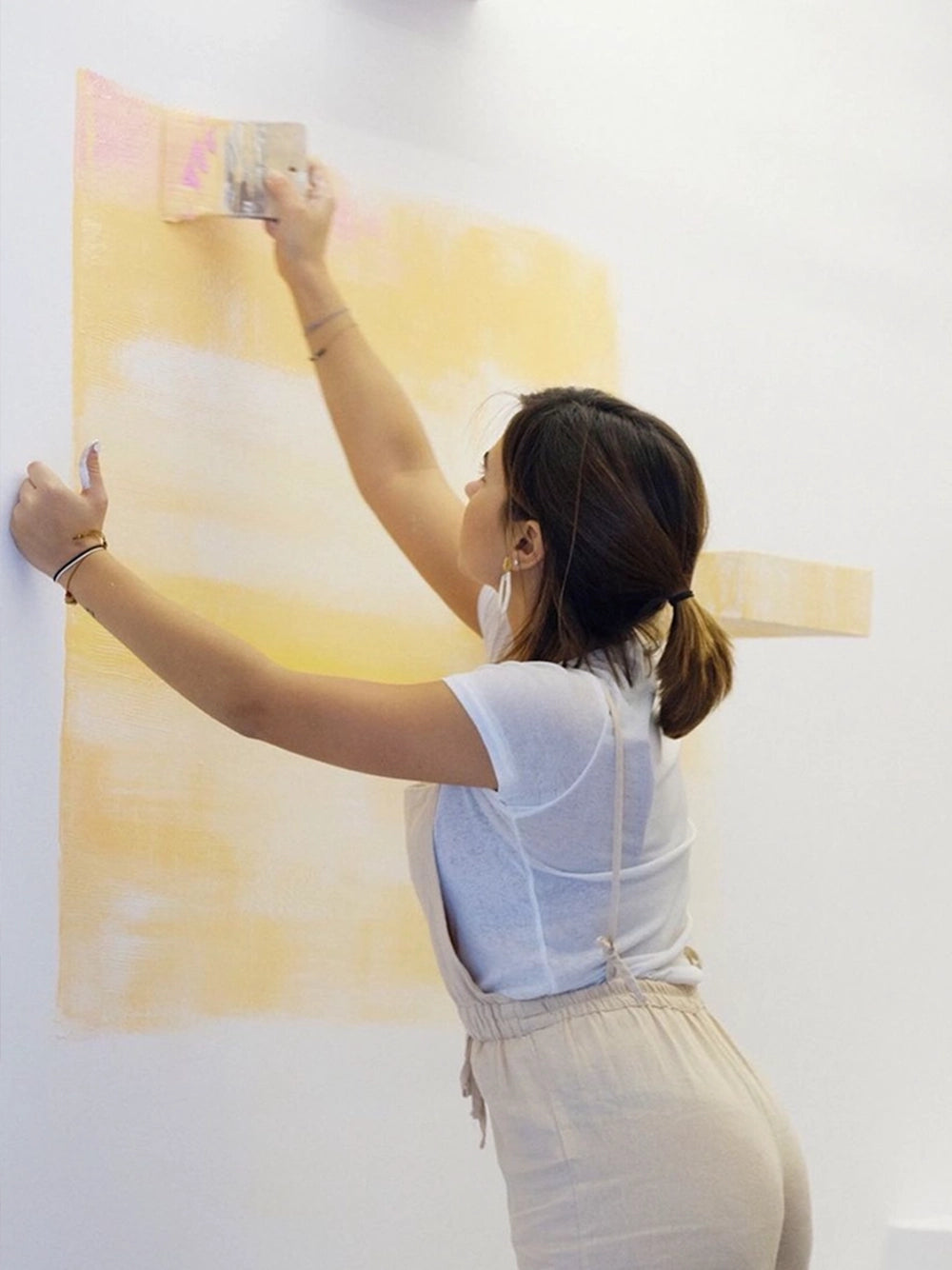
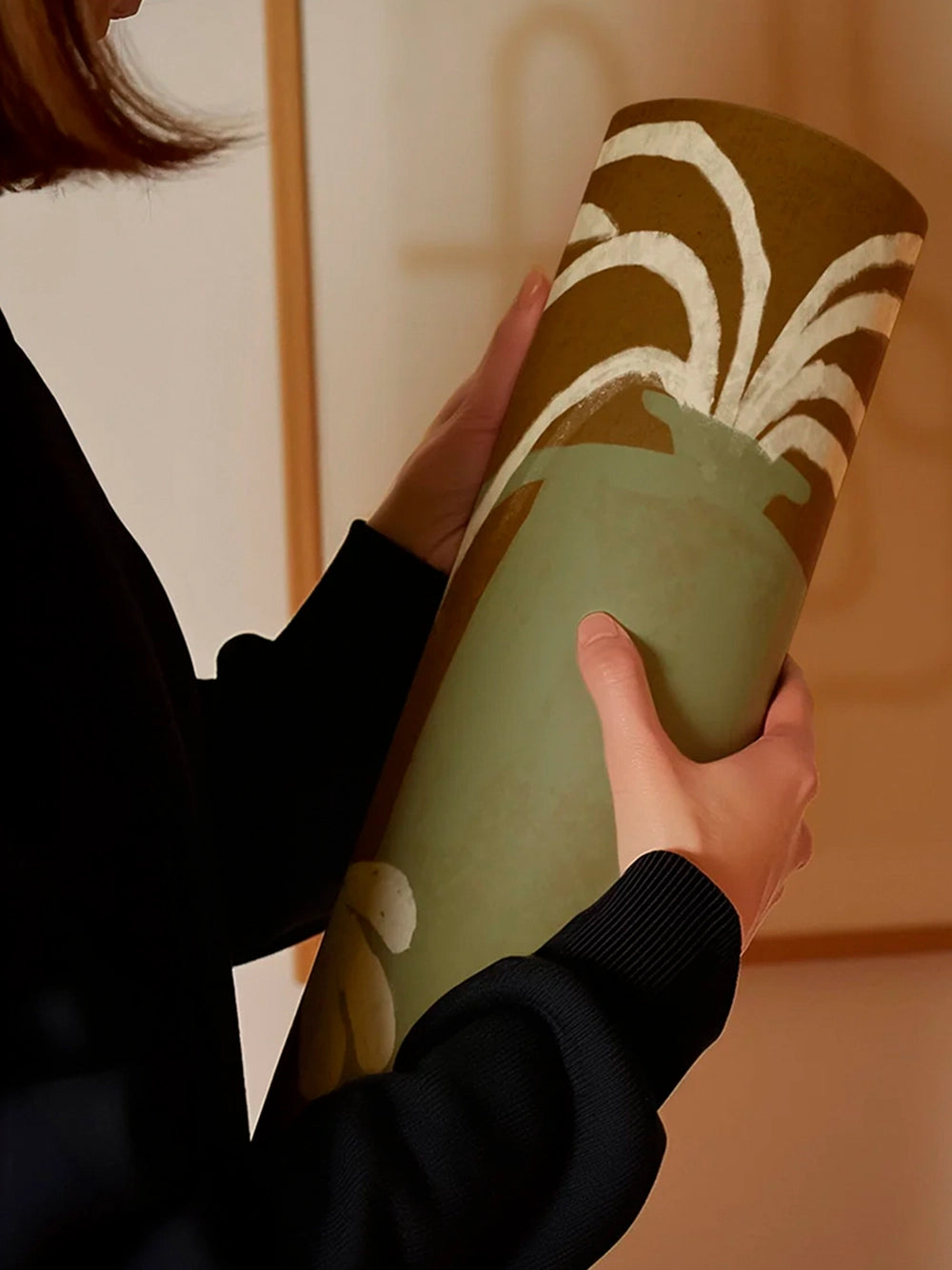
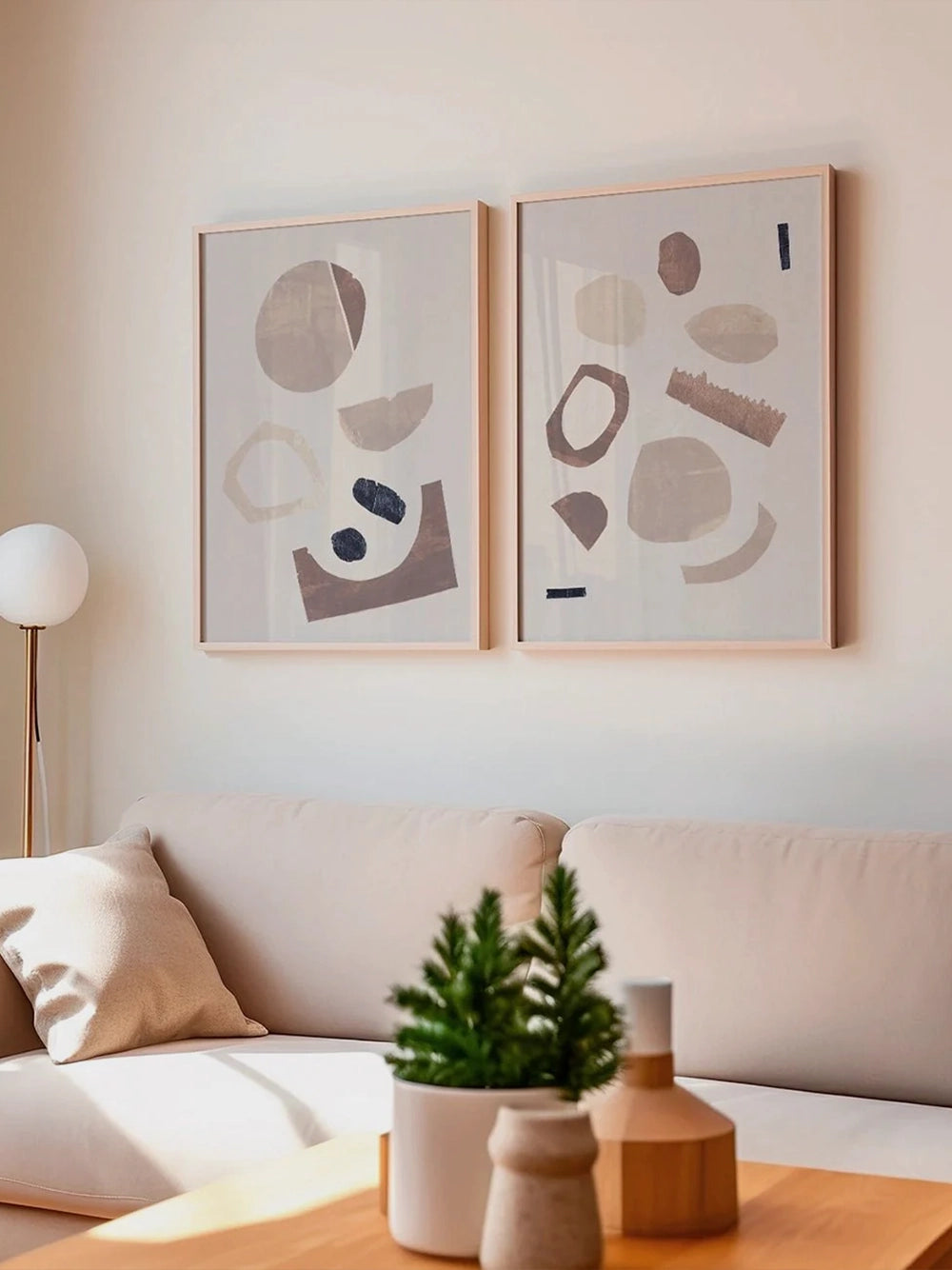
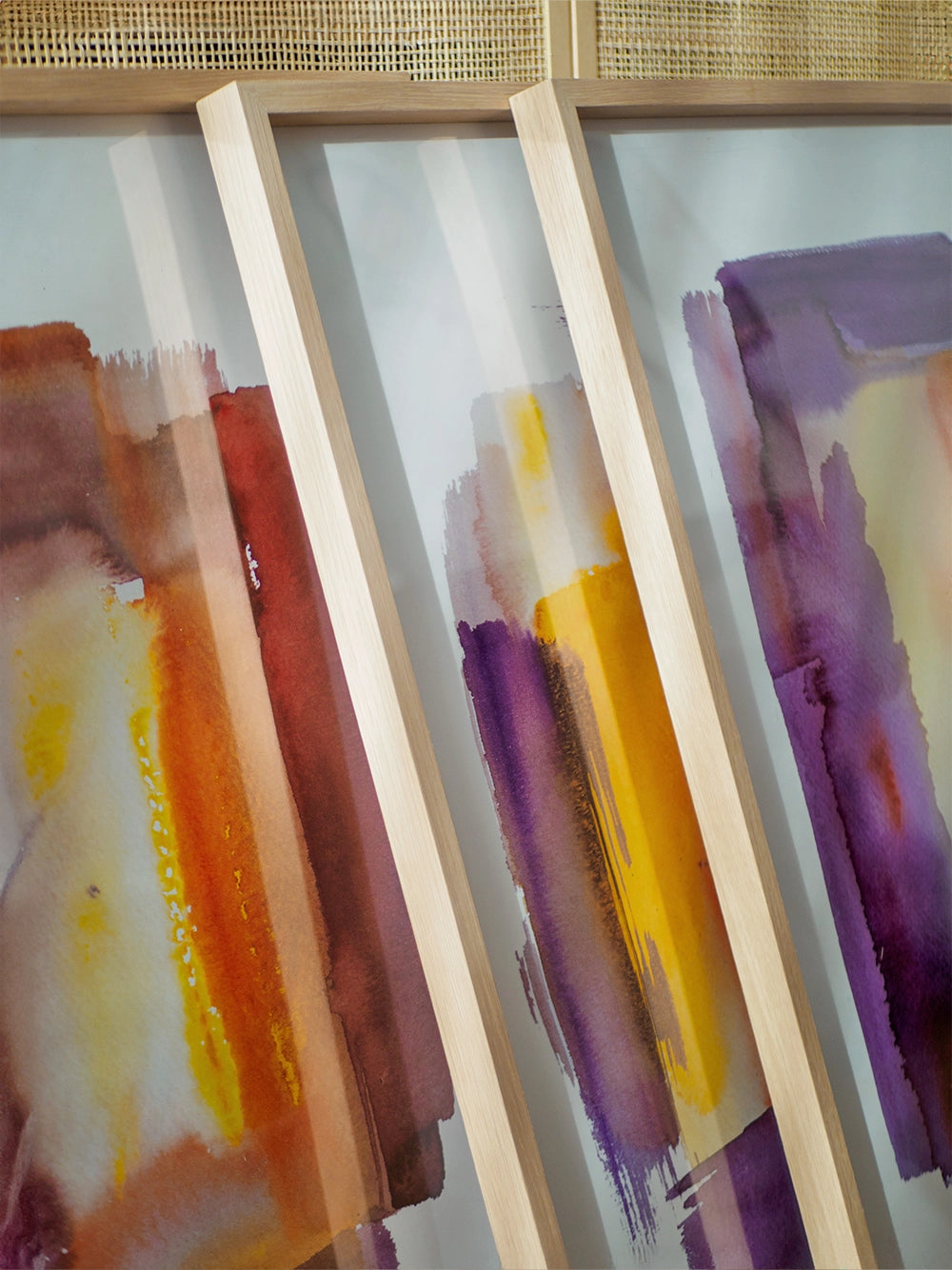
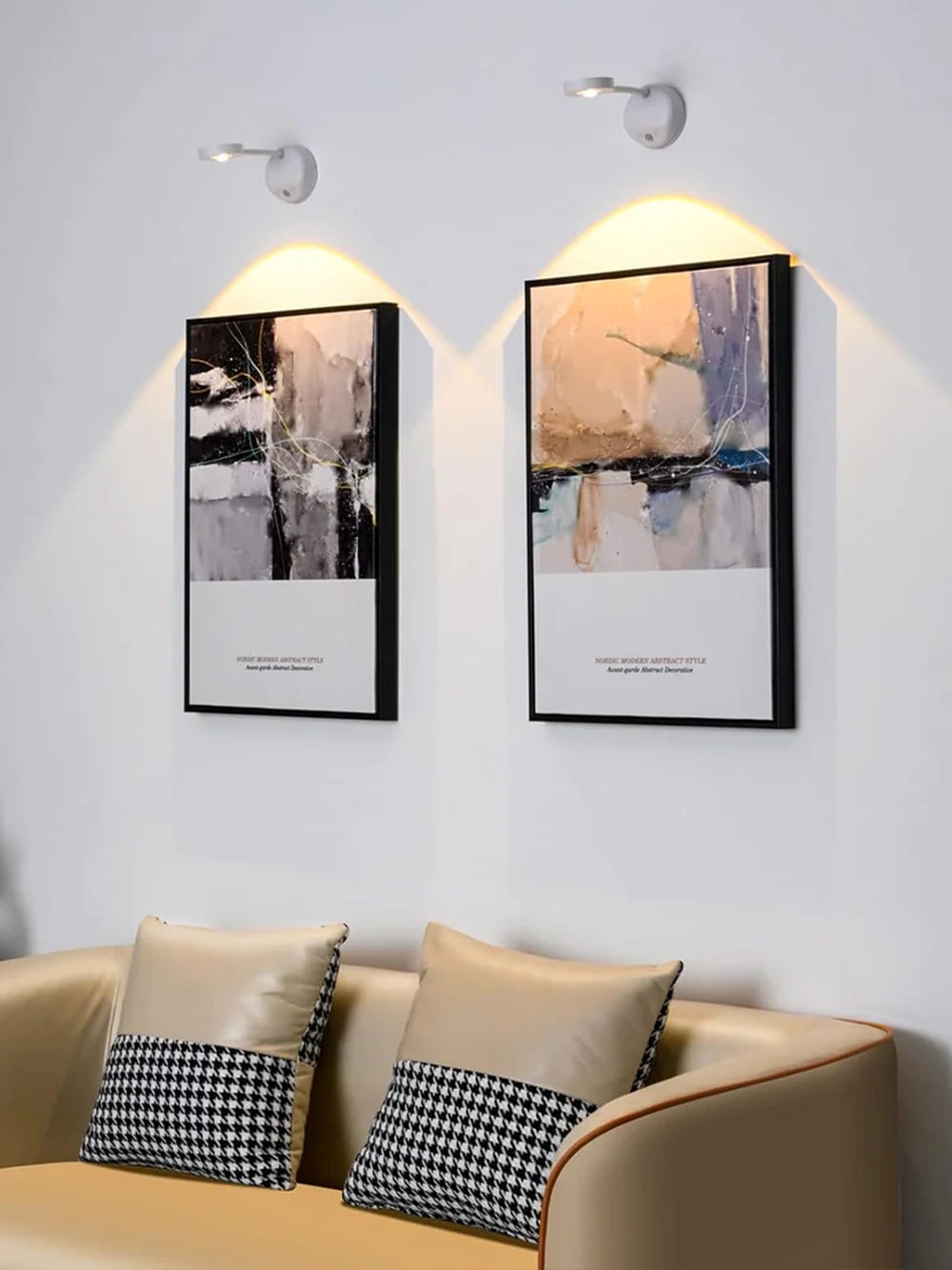
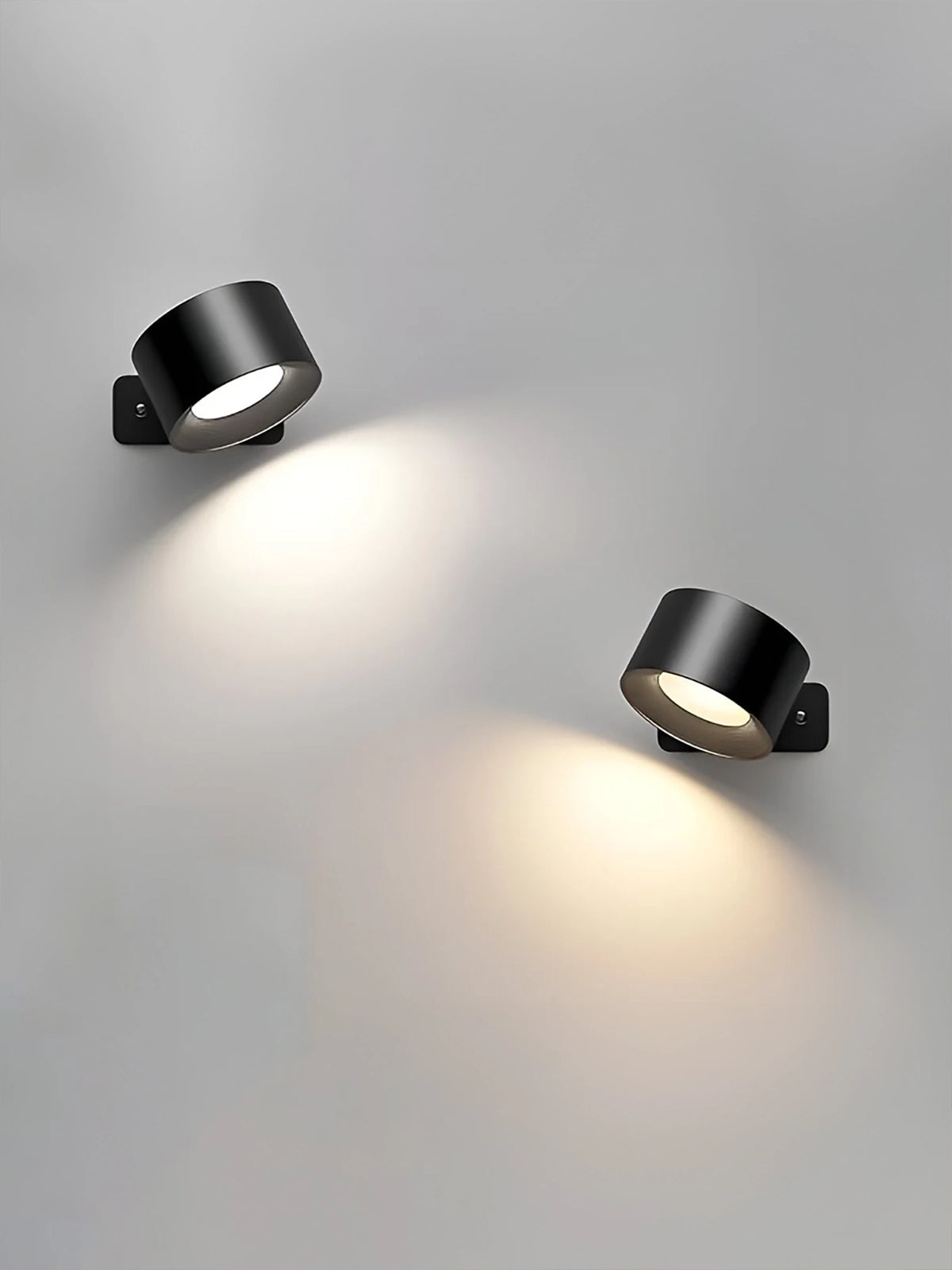
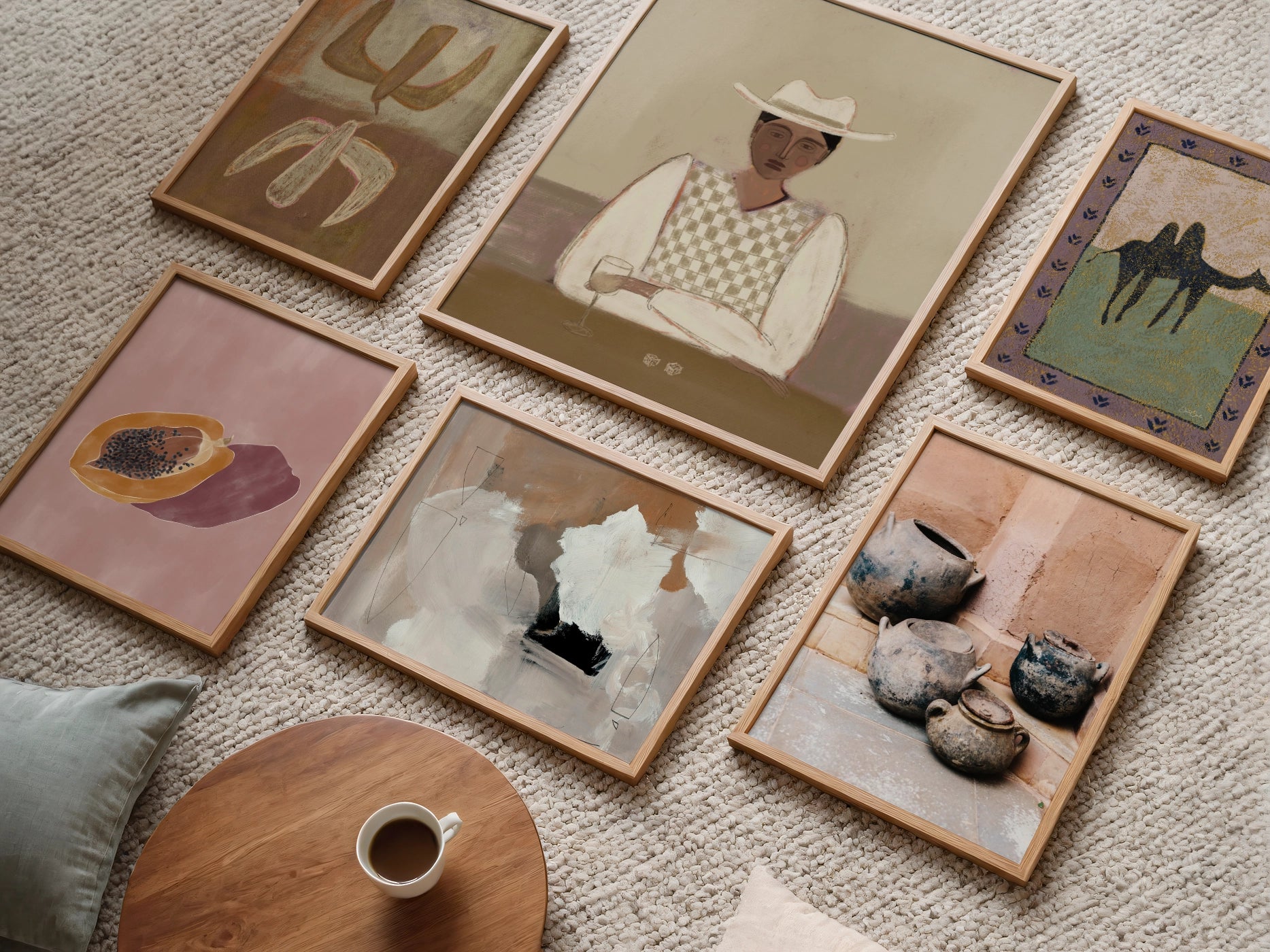
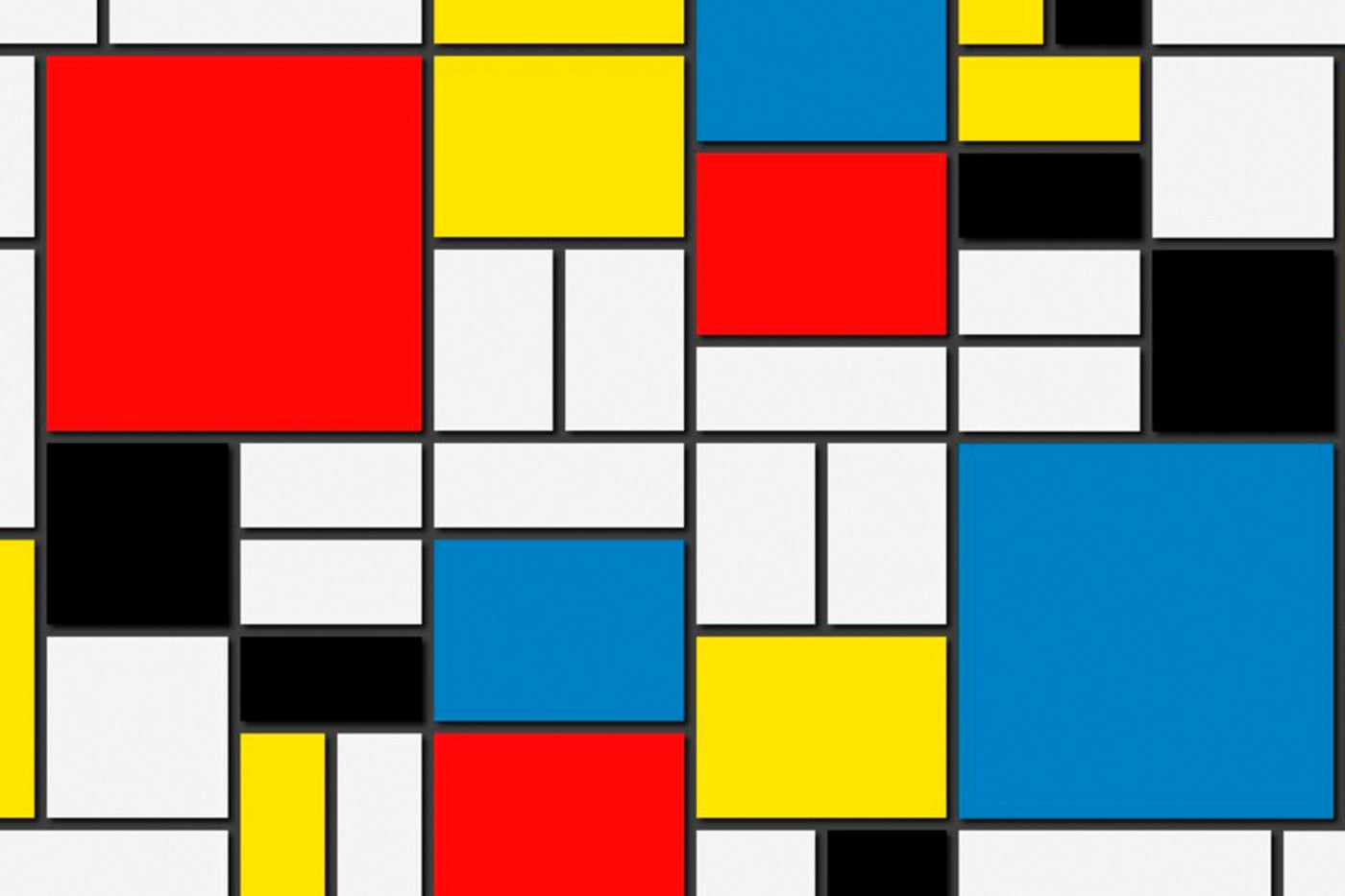
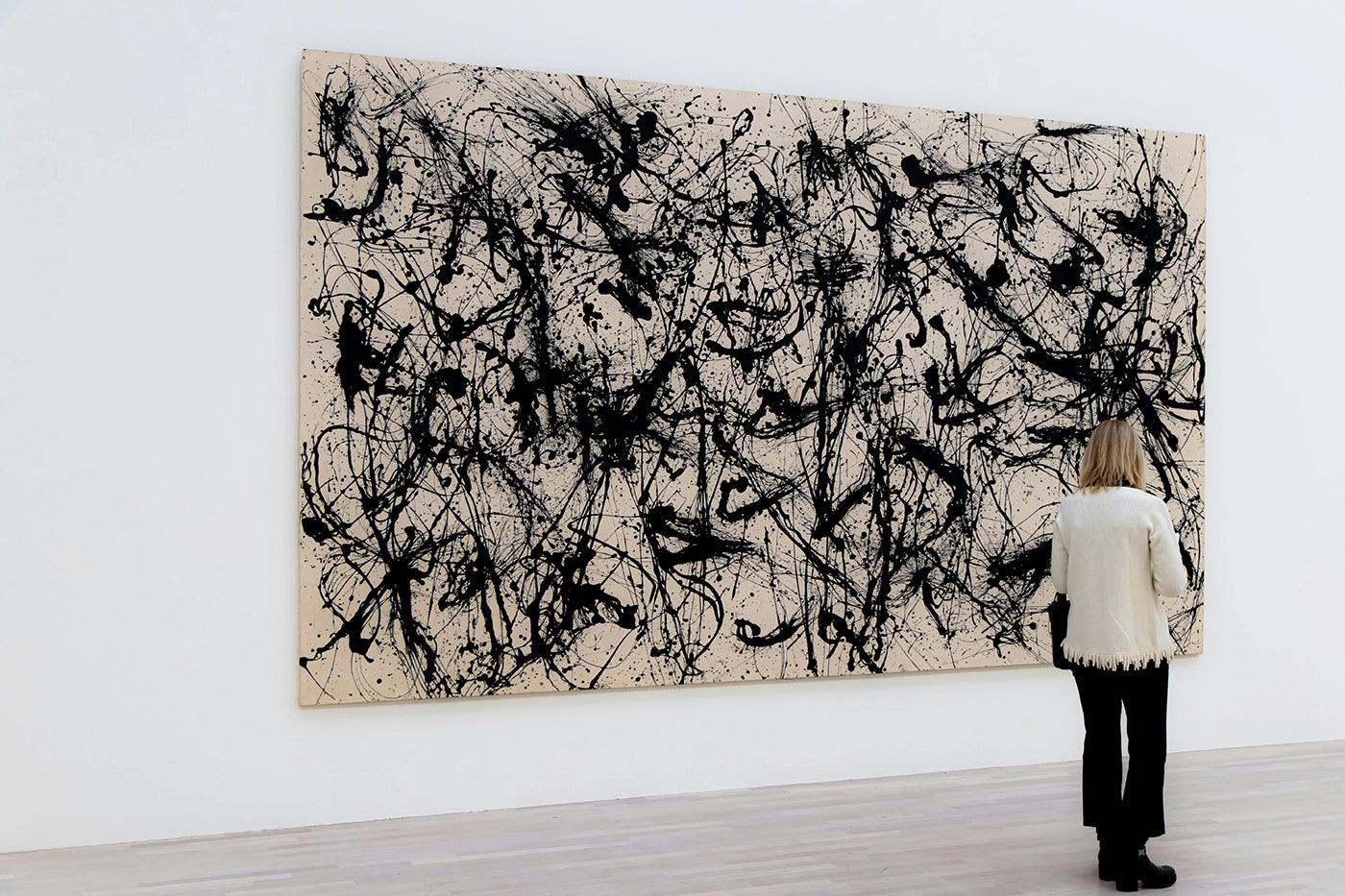
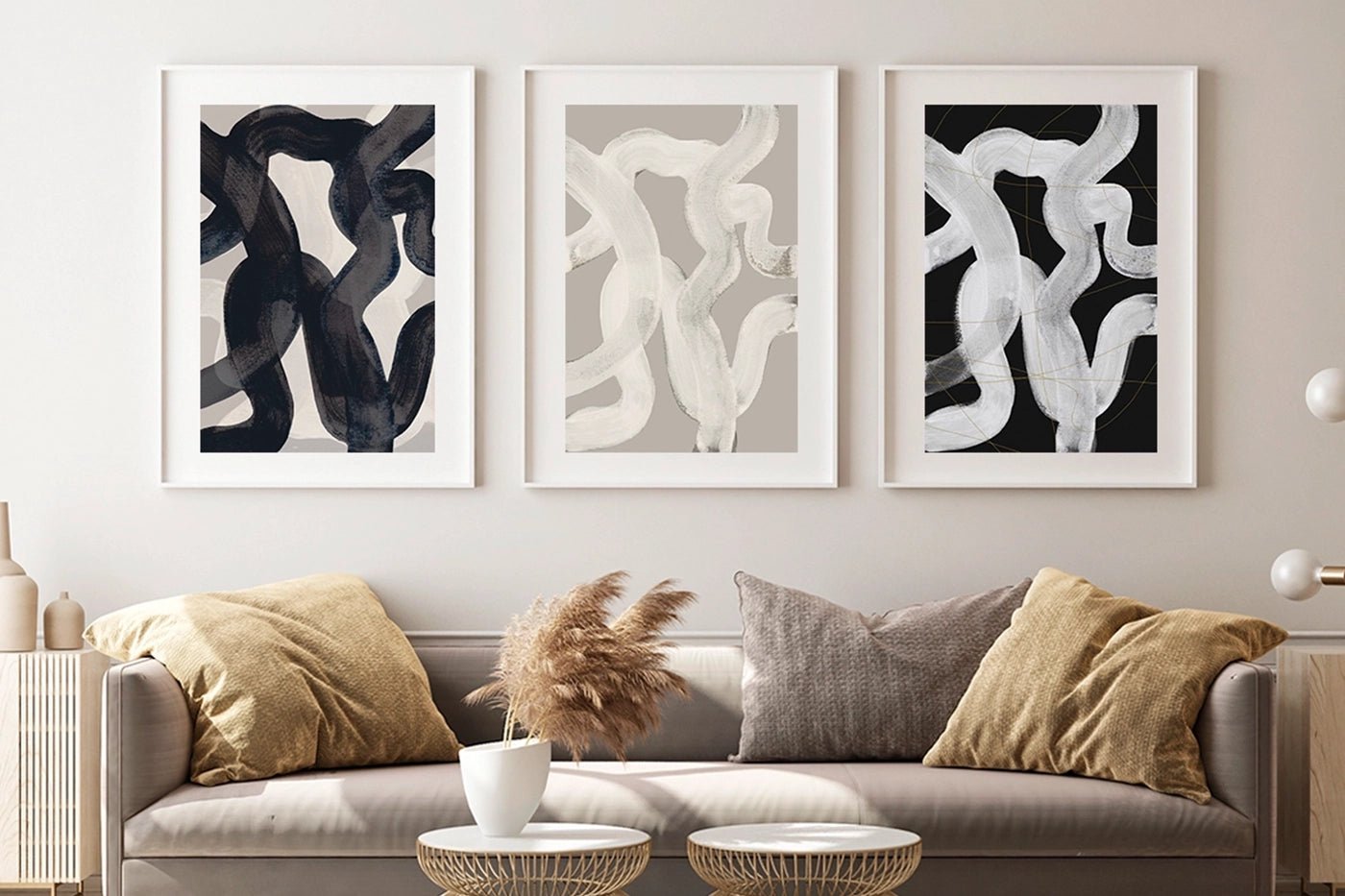

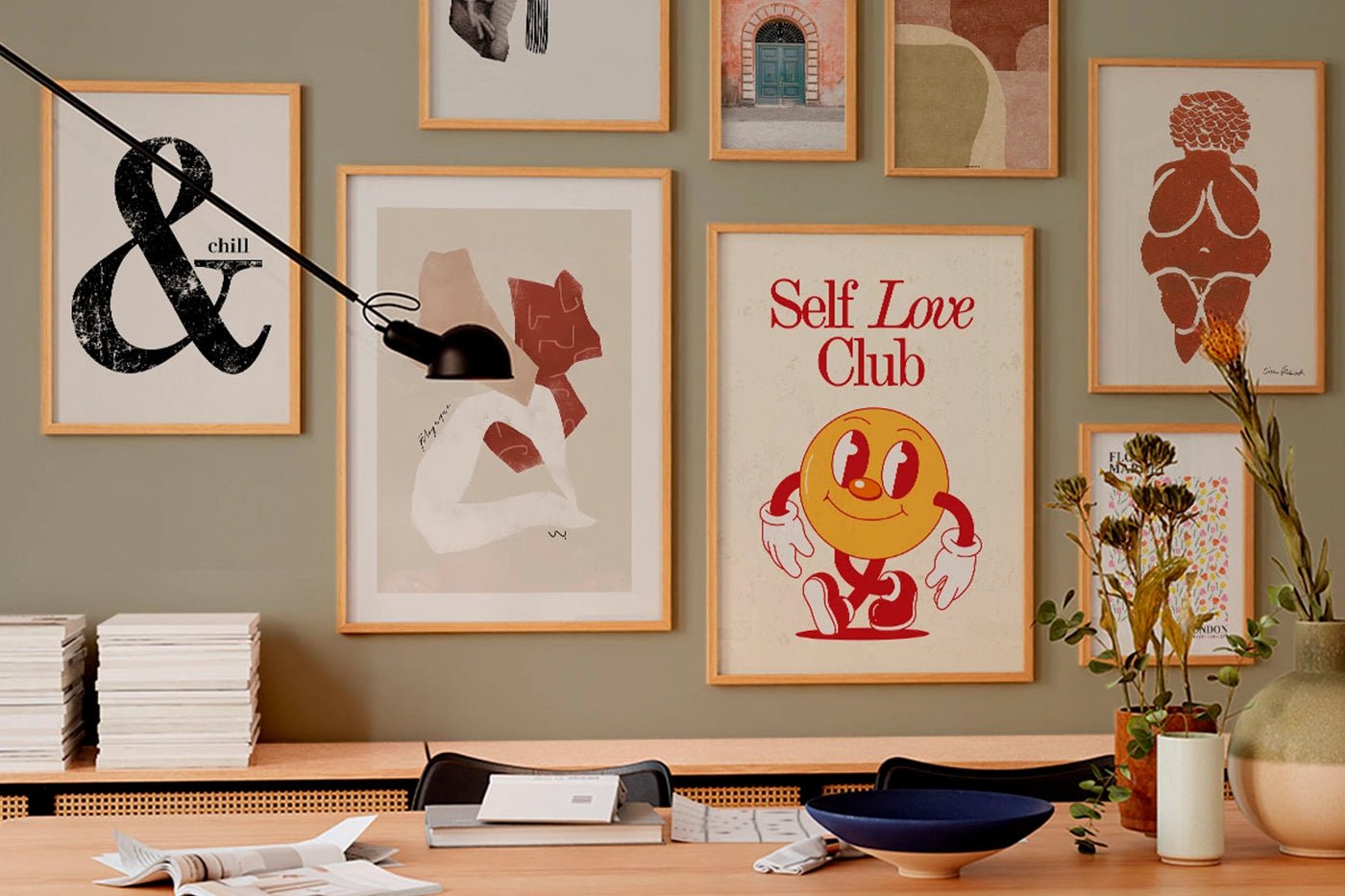
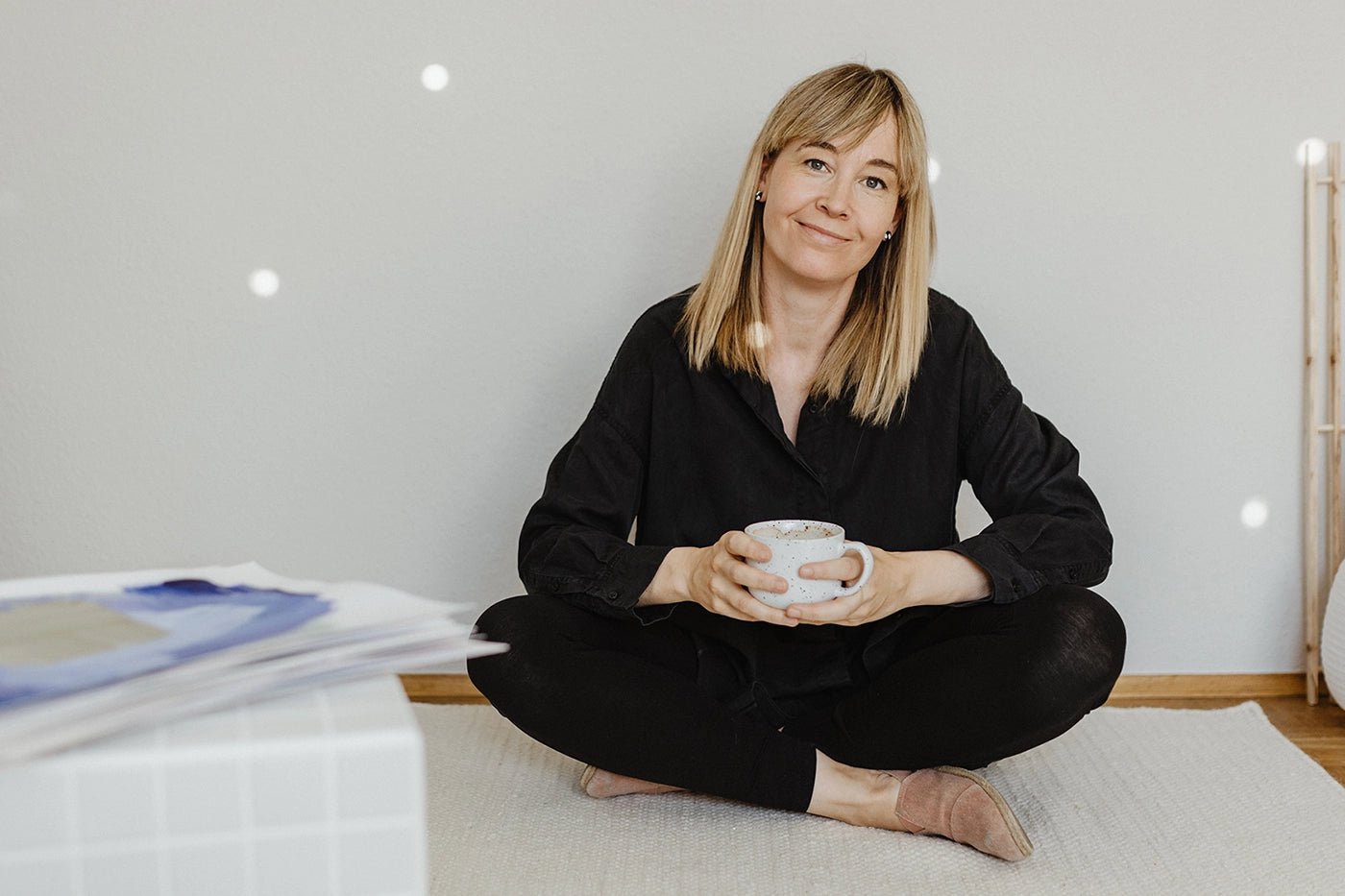


Leave a comment
All comments are moderated before being published.
This site is protected by hCaptcha and the hCaptcha Privacy Policy and Terms of Service apply.